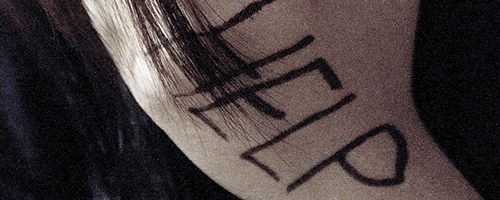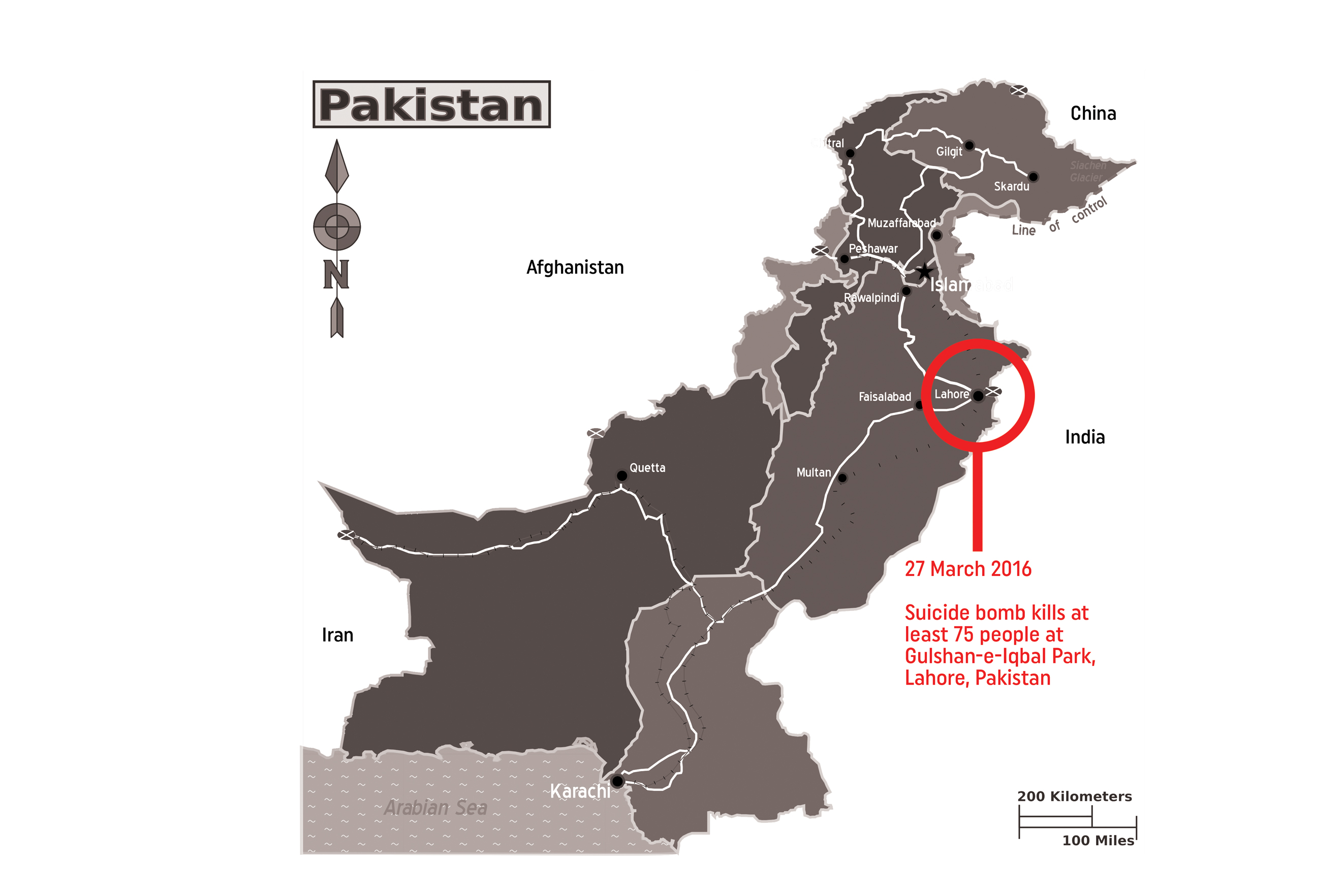The project, part of PSU’s social media campaign, spotlights standout faculty
Anthony Wolk didn’t plan to stay in the Northwest.
In 1965, Wolk accepted a teaching position at Portland State. He thought he’d stay for two or three years, he said. But something changed his mind.
“It’s the students—I like the students,” Wolk said. “That’s what held me all these years.”
When the 76-year-old English professor steps into the classroom this September, it will mark his 46th year at PSU, a lifetime for some.
Wolk’s contribution to PSU as the longest-serving faculty member is being showcased prominently in a video series on the university’s web page and social networking sites.
It’s the first in a series of videos titled PSU Legends—a new marketing campaign for PSU created by Tyler Brain, a digital media specialist at the Office of University Communication.
Brain, who graduated this year with a master’s in communication, got the idea to showcase some of PSU’s most notable faculty members after attending a length-of-service award ceremony that recognized Wolk for his work.
Brain felt there was a story to be told, and he began thinking of ways to “package” Wolk and bring him to the public eye.
Back when Wolk started his teaching career at PSU, he would use pen and paper to tell stories, he said. This year, Brain told Wolk’s story by shooting hours of footage with his video camera, editing the content and uploading it to Facebook.
The result is a concise narrative of the life of an English professor intertwined with the story of PSU, just under two minutes long.
Brain said the purpose of the Legends series is to show students a different side of academics and hopefully inspire them to better connect with their university.
“It’s to show the history of PSU,” Brain said. “People like Wolk don’t just dedicate 40 years of their lives to something they’re not passionate about.”
Another recent video features Theater Arts professor William Tate, who has taught at PSU for 44 years.
Tate’s connection with PSU began in 1961 when he was a student at the university. After finishing his graduate degree in Europe, Tate said he received a telegram from PSU’s Theater Arts department offering him the job of teaching students to discern English dialects and accents.
Since then, Tate has directed more than 30 productions and performed in more than 25.
Tate’s story is now the first visual seen by Internet users when they visit pdx.edu.
In addition to the PSU Legends series, Brain also created videos for PSU about the grammy award winning alumni Esperanza Spalding, the Maseeh School of Engineering and the Last Mile program—a university initiative helping students who are a few credits short
of graduation.
The video is part of a toolkit used by PSU to communicate through social media. Brain’s office manages PSU’s presence on nearly all online social networks, from Facebook to YouTube to Twitter.
PSU is a relative newcomer online compared to other Oregon schools. The University of Oregon—with 148,376 Facebook fans as of press time—holds the top spot, followed by Oregon State University’s total 79,714 fans.
PSU currently hosts 7,890 Facebook fans.
Zack Barnett, director of web communication at UO, said the popularity of the school’s online presence is partly thanks to its
football team.
The goal of social media, according to Barnett, is not simply to advertise but also to create conversations with fans.
“We’re not just telling you about the university. We want you to tell us about UO,” Barnett said.
In Barnett’s view, the need to effectively communicate with a diverse audience—from current and prospective students to parents and older fans—is one of the challenges presented by social media.
He said his office has found ways to communicate about different topics by allowing different departments access to the university’s online page.
The result is a multitude of topics catching attention on Facebook. Barnett said this multiplicity helps bring light to UO’s academic departments instead of just athletics.
“We would have posts about a new art exhibit and a post about the football game on the same day,” Barnett said.
OSU Web Communications Director David Baker said the school relies on YouTube to showcase academics as well as athletics. OSU’s YouTube page currently hosts videos of chemistry lectures.
In addition, OSU hosts its own online marketing portal—Powered by Orange—which takes advantage of the distinctive OSU orange as a means for fans to easily identify with OSU.
At smaller schools like the University of Portland, social networking is seen as a way to hold intimate conversations with fans. Joe Kuffner, assistant director of media relation at UP, said it’s appropriate to keep UP Facebook conversations cohesive, given the university’s population of 3,700 students.
At large universities like OSU, multi-administrator access to Facebook changes the tone of the page from one post to the next, an effect Kuffner hopes to avoid by retaining sole authorship of the page.
The same model is currently applied at Portland State, where there’s a dedicated social media specialist who manages Facebook.
Baker said OSU is looking into Google+ as the next online network.
“If Google+ is the next online networks where people go to, then we want to be there,” Baker said.




